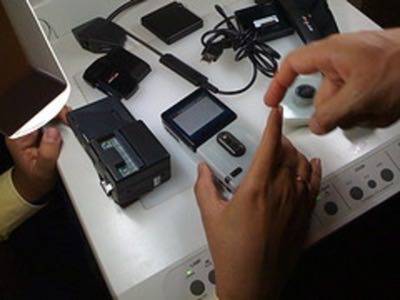Day 2 of the Verizon Developer Community Conference 2010 offered a deep dive into ares such as open source hardware, network APIs and more. RWH sat down with developers attending and gathered feedback that other mobile app developers will appreciate and hopefully apply in their own endeavors.

Let’s take a closer look.
Wait. We can do that?!?
Verizon? Open source hardware? What? Yes. That’s right. The folks behind Bug Labs were at the VDCC and packed the room with developers eager to learn more about the just announced inclusion of Bug Labs into the Verizon Wireless’ Open Development Initiative (ODI).

Peter Semmelhack, Founder & Chief Executive Officer, Bug Labs opened a lot of eyes on Day 1 during the opening panel and again on Day 2.
When asked about how Bug Labs might compare/compete with open-source Arduino hardware and software prototyping environment, Semmelhack shared his thoughts and indicated Bug Labs targets the developers that are more software oriented than electrical engineering oriented. Semmelhack added that Bug Labs is a way to get going faster for the software developers that want to take advantage of a hardware platform on carrier networks. Further, Bug Labs is committed to making prototyping on carrier networks better and encourages feedback from the community.
Later in a short side bar conversation with developers from a mobile fleet management company (think cars, trucks, etc.) based in the Northeast the appeal of Bug Labs was clearly articulated. The developers shared some of the frustrations in dealing with traditional hardware prototyping and manufacturers that either misread specifications or completely ignored specifications in the designs supplied.

By using the Bug Labs kits these developers hoped to bypass several months of back and forth by creating prototypes of their own with open source components. For them, open source hardware promise could bring the familiar iterative process of their software to the combined hardware and software project world they live in today.

Other developers that spoke with RWH indicated the major attraction of the “open” approach is the ability to gain access to hardware without the fear of certification woes by trying to build in 3G (or 4G). A common thread to this discussion was a desire to see if adding in sensors of various kinds was possible or how it might react in different types of network scenarios that were 3G networks or having a mix of Ethernet, WiFi, and 3G in an easily transported form factor.

Have you played with prototyping systems before? Let us know in the comments below!





















